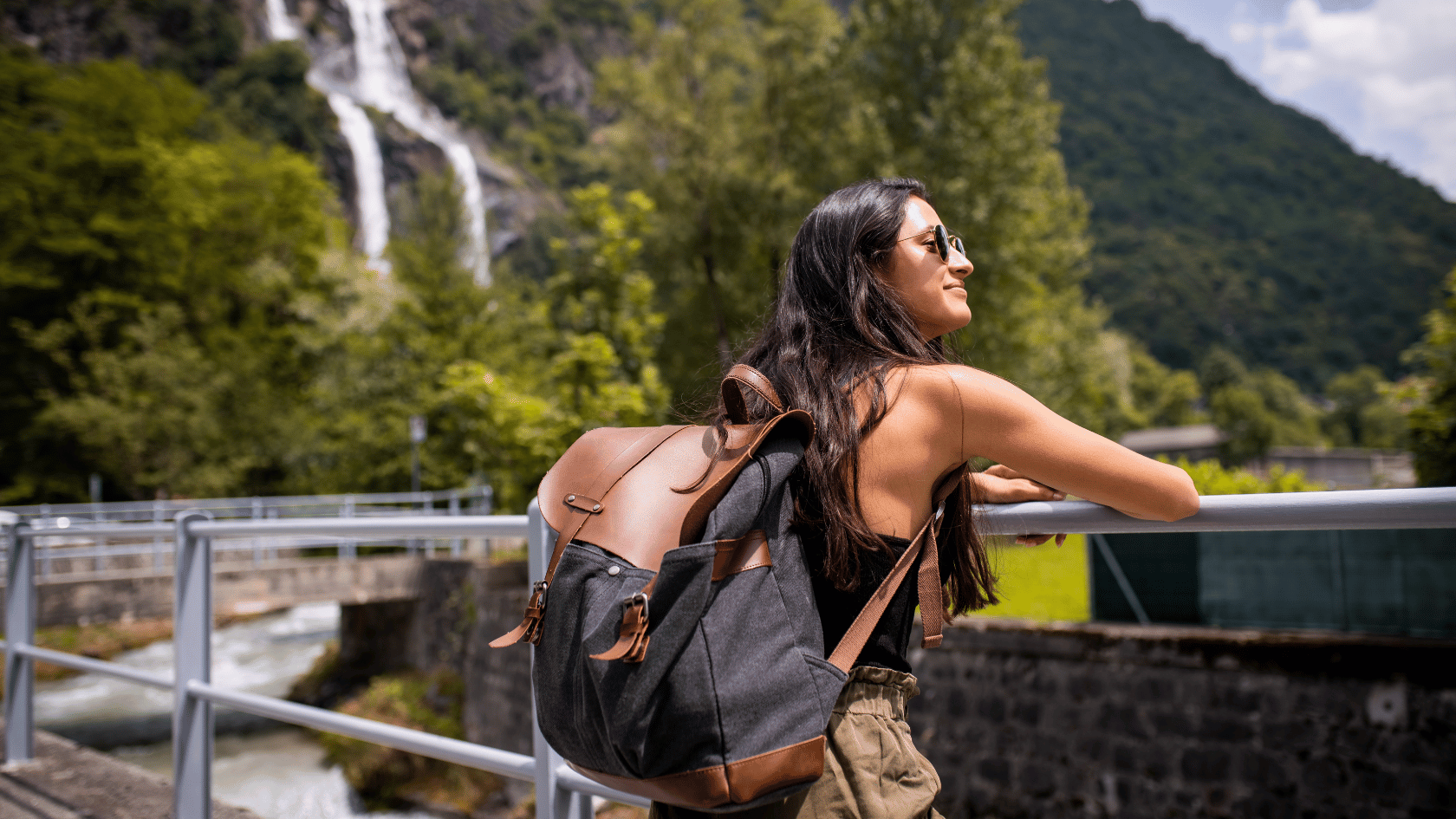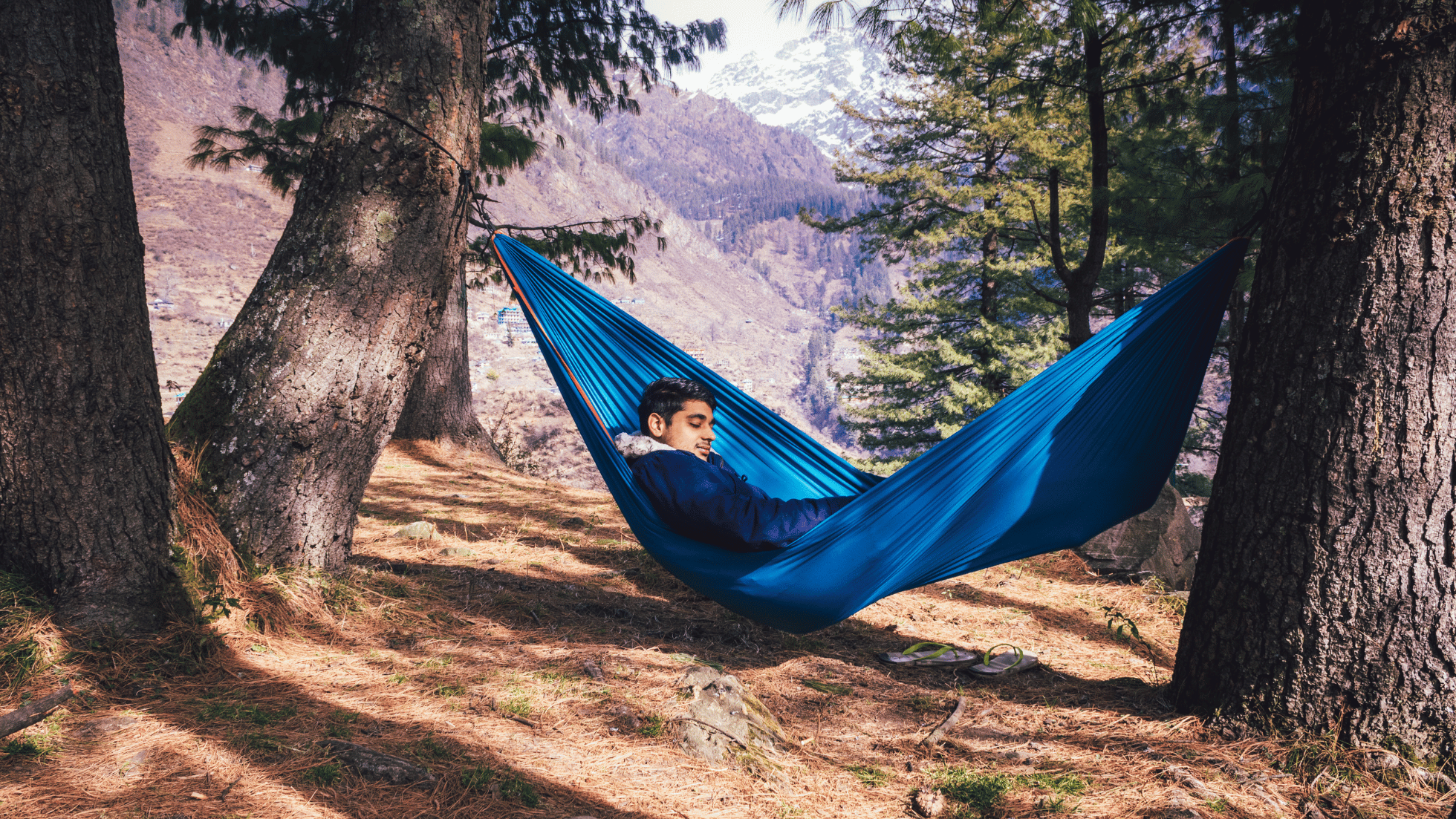Travel for solo travelers Traveling as a solo traveler can be a unique and rewarding experience. It allows you the freedom to explore at your own pace, make spontaneous decisions, and immerse yourself in new cultures and experiences without having to compromise with anyone else’s preferences.
One of the major benefits of solo traveling is the opportunity for personal growth and self-discovery. When you are alone on the road, you are forced to rely on yourself for navigation, decision-making, and problem-solving. This can build confidence and independence as you navigate unfamiliar territories and situations. Additionally, solo travel allows you to step out of your comfort zone and push your boundaries, leading to personal growth and self-discovery.
Another advantage of traveling solo is the opportunity to connect with locals and other travelers in a more meaningful way. When you are alone, you are more likely to strike up conversations with strangers and form genuine connections. This can lead to memorable experiences, new friendships, and a deeper understanding of the places you visit.
Solo travel also allows you to fully immerse yourself in the destination without any distractions. You have the freedom to spend as much time as you want at a particular site, try new activities, or simply relax and enjoy the moment without worrying about anyone else’s preferences or schedule. This can lead to a more authentic and fulfilling travel experience, as you have the flexibility to tailor your trip to your own interests and desires.
However, solo travel does come with its own challenges. Safety is always a concern for solo travelers, especially in unfamiliar places. It’s important to take precautions such as staying in safe accommodation, avoiding risky areas, and keeping in touch with loved ones back home. It’s also a good idea to trust your instincts and be aware of your surroundings at all times.
Loneliness can also be a challenge when traveling solo, especially during meal times or when visiting popular tourist attractions. To combat this, consider joining group tours or activities, staying in social hostels, or using apps and websites to meet other travelers in the area. Engaging in local activities, volunteering, or taking classes can also help you meet new people and make connections.
How do you travel as a solo Traveller
1. Plan ahead: Research your destination, book accommodation in advance, and make sure you have all the necessary documents and travel essentials.
2. Stay safe: Be aware of your surroundings, trust your instincts, and take precautions to ensure your safety while traveling alone.
3. Connect with others: Join group tours, stay in social hostels, or use apps to meet other travelers in the area.
One way to enhance your solo travel experience is by immersing yourself in the local culture. Try taking a cooking class, attending a cultural event, or simply wandering through local markets to get a taste of daily life in your destination. Engaging with locals can provide valuable insights and memorable experiences that you wouldn’t have access to as part of a larger group.
Another tip for solo travelers is to embrace spontaneity. While it’s important to plan ahead for safety and logistics, leaving room in your itinerary for unplanned adventures can lead to some of the most memorable experiences. Allow yourself to be open to new opportunities and go with the flow, whether it’s joining a last-minute excursion or striking up a conversation with a local.
How does traveling solo affect ones personality
Traveling solo can have a profound impact on a person’s personality. It can lead to increased self-confidence, independence, and resilience as you navigate unfamiliar places and situations on your own. Solo travel forces you to step out of your comfort zone, problem-solve independently, and adapt to new environments, which can help you grow personally and develop important life skills.
15 Best Places to travel to alone
When it comes to traveling solo, choosing the right destination can make all the difference in your experience. Here are 15 of the best places to travel to alone:
1. Reykjavik, Iceland: Explore stunning landscapes, soak in hot springs, and witness the Northern Lights.
2. Kyoto, Japan: Immerse yourself in ancient temples, tranquil gardens, and traditional tea ceremonies.
3 . Barcelona, Spain: Wander through vibrant markets, visit stunning architecture, and relax on beautiful beaches.
4. Bali, Indonesia: Relax on pristine beaches, experience Balinese culture, and indulge in delicious cuisine.
5. New York City, USA: Explore iconic landmarks, world-class museums, and diverse neighborhoods.
6. Melbourne, Australia: Enjoy coffee culture, street art, and trendy boutiques in vibrant neighborhoods.
7. Lisbon, Portugal: Discover colorful streets, historic landmarks, and delicious seafood dishes.
8. Buenos Aires, Argentina: Experience tango dancing, visit art galleries, and indulge in delicious steaks.
9. Solo Valley, Italy: Explore charming villages, vineyards, and stunning countryside views.
10. Cape Town, South Africa: Witness breathtaking landscapes, go on safari tours, and explore vibrant neighborhoods.
11. Prague, Czech Republic: Wander through fairytale-like streets, visit historic castles, and enjoy traditional Czech cuisine.
12. Vancouver, Canada: Explore stunning nature, outdoor activities, and diverse cultural attractions.
13. Seoul, South Korea: Experience futuristic technology, delicious street food, and traditional Korean culture.
14. Dublin, Ireland: Enjoy lively pubs, historic landmarks, and friendly locals in this charming city.
15. Siem Reap, Cambodia: Explore ancient temples, vibrant markets, and immerse yourself in Cambodian culture.
Essential Gear for Solo Adventurers

When venturing out on a solo adventure, it is essential to have the right gear to ensure survival and success. The Solo Adventurer’s Toolbox provides a comprehensive guide to the necessary equipment for any solo adventurer.
Navigation Tools
Navigation tools are crucial when exploring unfamiliar terrain. A map and compass are essential items that should be in every adventurer’s backpack. The Solo Adventurer’s Toolbox suggests carrying a GPS device as well, as it can provide precise location data and help track progress.
Survival Kit
A survival kit is another essential item for solo adventurers. It should contain items such as a knife, fire starter, water purification tablets, and a shelter. The Solo Adventurer’s Toolbox recommends packing a compact, lightweight survival kit that can be easily carried in a backpack.
First Aid Essentials
Injuries are a common occurrence when exploring the wilderness alone. A first aid kit is a must-have item for any solo adventurer. It should include essential items such as bandages, antiseptic, pain relievers, and insect repellent. The Solo Adventurer’s Toolbox also recommends packing a snakebite kit if exploring areas with venomous snakes.
In conclusion, having the right gear is essential for any solo adventurer. The Solo Adventurer’s Toolbox provides a comprehensive guide to the necessary equipment needed to ensure survival and success. By following the recommendations for navigation tools, survival kits, and first aid essentials, solo adventurers can embark on their journeys with confidence and peace of mind.
Planning and Preparation

Planning and preparation are essential for any solo adventurer. The Solo Adventurer’s Toolbox provides a complete system for playing 5e without a DM and a powerful tool for generating encounters, quests, NPC’s and places of interest.
Researching Destinations
Before embarking on any adventure, it is important to research the destination thoroughly. The Solo Adventurer’s Toolbox provides a wealth of information on different locations, including their history, geography, and culture. This information can help the adventurer prepare for the journey ahead and anticipate any challenges they may face.
Understanding Local Laws and Customs
It is important to understand the local laws and customs of a destination to avoid any unwanted trouble. The Solo Adventurer’s Toolbox provides comprehensive information on the laws and customs of different locations, including their legal systems, social norms, and cultural practices. This information can help the adventurer navigate unfamiliar territory and avoid offending locals.
Emergency Planning
Even the most well-planned adventures can take unexpected turns. The Solo Adventurer’s Toolbox provides guidance on emergency planning, including how to prepare for natural disasters, medical emergencies, and other unforeseen events. This information can help the adventurer stay safe and respond effectively in times of crisis.
Overall, the Solo Adventurer’s Toolbox is an invaluable resource for any solo adventurer. By providing comprehensive information on different locations, laws, customs, and emergency planning, it can help adventurers prepare for their journeys and navigate unfamiliar territory with confidence.
Safety and Risk Management

When venturing out into the unknown, it’s important to be prepared for any danger that may arise. The Solo Adventurer’s Toolbox provides a comprehensive guide to staying safe while exploring. Here are some tips on self-defense techniques, wildlife awareness, and weather preparedness.
Self-Defense Techniques
The Solo Adventurer’s Toolbox contains a section on self-defense techniques that can be used to fend off attackers. These techniques include using weapons such as swords, daggers, and bows, as well as hand-to-hand combat moves such as punches, kicks, and grapples. It’s important to note that these techniques should only be used in self-defense situations and should be practiced in a safe environment before attempting them in the field.
Wildlife Awareness
The wilderness can be home to a variety of dangerous animals, from bears and wolves to snakes and spiders. The Solo Adventurer’s Toolbox provides information on how to identify and avoid these creatures, as well as tips on what to do if you encounter one. It’s important to always be aware of your surroundings and to carry any necessary equipment, such as bear spray or a snakebite kit.
Weather Preparedness
The weather can be unpredictable, especially in the wilderness. The Solo Adventurer’s Toolbox provides information on how to prepare for different weather conditions, such as extreme heat or cold, rain, and snow. It’s important to dress appropriately for the weather and to carry any necessary equipment, such as a rain jacket or extra layers. In addition, it’s important to be aware of any weather warnings or advisories in the area you’ll be exploring.
Remember, safety should always be a top priority when exploring the unknown. By following the tips and techniques outlined in the Solo Adventurer’s Toolbox, adventurers can minimize their risk and enjoy their journey with confidence.
Technology for Solo Travelers
Solo adventurers need to be prepared for anything, and that includes having the right technology. From communication devices to power sources and travel apps, there are many tools available to help make the journey easier and safer.
Communication Devices
When traveling solo, it’s important to have a way to communicate with others. A reliable smartphone is a must-have for solo adventurers, as it can be used to make calls, send messages, and access the internet. It’s also a good idea to carry a portable charger to ensure that the phone doesn’t run out of battery during the journey.
For those who are traveling in areas with limited cell coverage, a satellite phone is a great option. It allows for communication in remote areas without relying on cell towers. Another option is a two-way radio, which can be used to communicate with others in the vicinity.
Power Sources and Chargers
Keeping devices charged is crucial when traveling solo. A portable power bank is a great option for charging devices on the go. It’s also a good idea to carry a solar charger, which can be used to charge devices using the power of the sun.
For those who are traveling to areas with limited access to electricity, a hand-cranked charger can be a lifesaver. This type of charger can be powered by hand, allowing for the charging of devices without the need for electricity.
Travel Apps and Online Resources
There are many travel apps and online resources available to solo adventurers. These tools can be used to plan trips, find accommodations, and navigate unfamiliar areas. Some popular travel apps include Airbnb, TripAdvisor, and Google Maps.
For those who are traveling to foreign countries, language apps can be incredibly helpful. Apps like Duolingo and Babbel can be used to learn basic phrases and vocabulary in the local language. Additionally, travel blogs and forums can be a great source of information for solo adventurers, providing tips and advice from others who have traveled to the same areas.
Overall, technology can be a valuable asset for solo adventurers. With the right tools and resources, solo travel can be safe, enjoyable, and rewarding. The Solo Adventurer’s Toolbox provides a complete system for playing 5e without a DM and a powerful tool for generating encounters, quests, NPC’s and places of interest.
Personal Development and Mindset
Solo adventuring requires more than just physical strength and combat skills. Personal development and mindset play a crucial role in the success of a solo adventurer.
Building Confidence and Resilience
Confidence and resilience are key traits for any solo adventurer. The Solo Adventurer’s Toolbox provides various tools and resources to help adventurers build their confidence and resilience. For example, the toolbox offers a list of affirmations that adventurers can use to boost their confidence and stay motivated. Additionally, the toolbox provides tips on how to develop a growth mindset, which can help adventurers bounce back from setbacks and challenges.
Stress Management Strategies
Solo adventuring can be stressful, and it is important for adventurers to have effective stress management strategies. The Solo Adventurer’s Toolbox includes a list of stress management techniques, such as meditation, deep breathing, and journaling. These techniques can help adventurers manage their stress levels and maintain their focus and clarity during challenging situations.
Cultural Sensitivity and Adaptability
Solo adventuring often involves encountering different cultures and customs. The Solo Adventurer’s Toolbox emphasizes the importance of cultural sensitivity and adaptability. The toolbox provides resources for learning about different cultures and how to interact respectfully with people from diverse backgrounds. Additionally, the toolbox offers tips on how to adapt to new environments and situations, which can help adventurers navigate unfamiliar territories with ease.
Personal development and mindset are crucial components of successful solo adventuring. The Solo Adventurer’s Toolbox provides various resources and tools to help adventurers build their confidence and resilience, manage their stress levels, and develop cultural sensitivity and adaptability. By utilizing these resources, adventurers can enhance their personal growth and increase their chances of success in their solo adventures.



